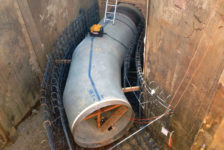Foothill Feeder 78-inch Pipeline Relocation

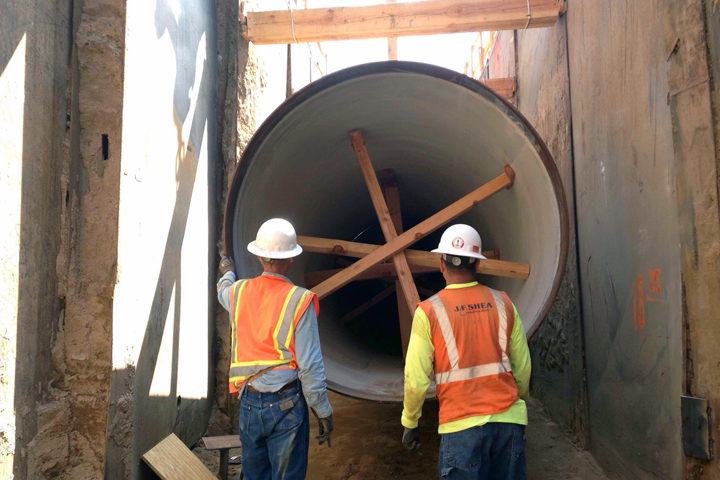
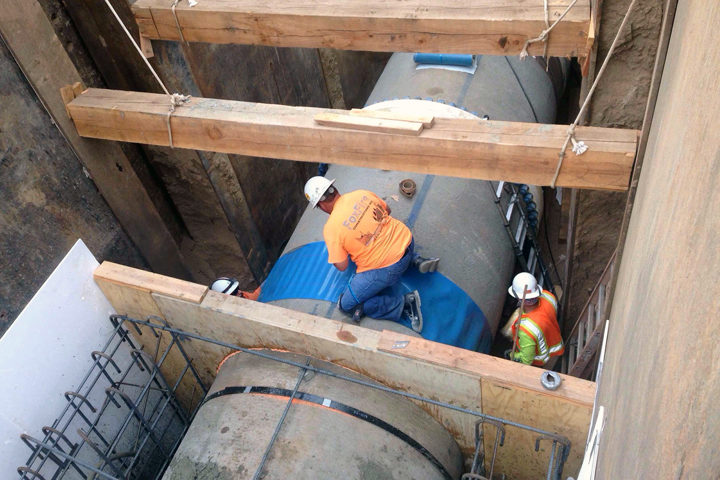

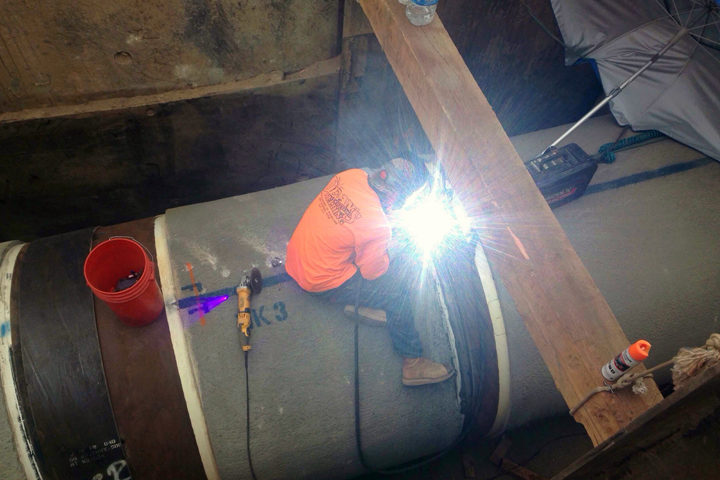
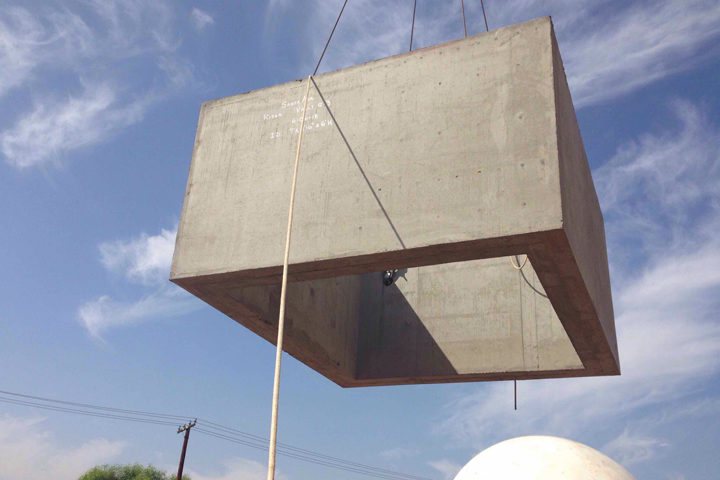
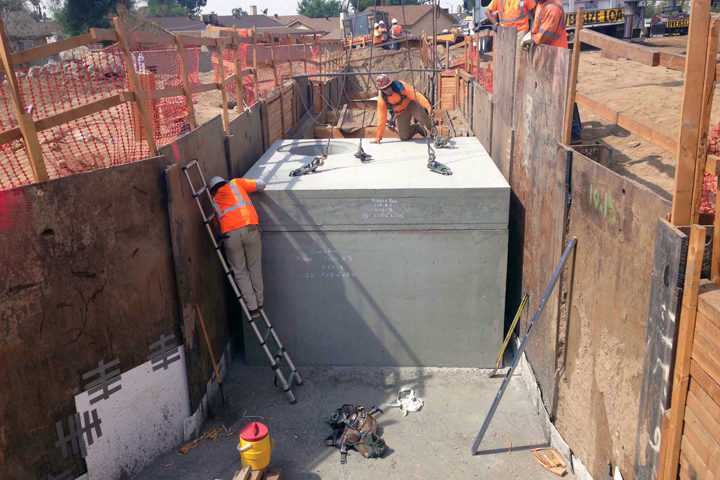
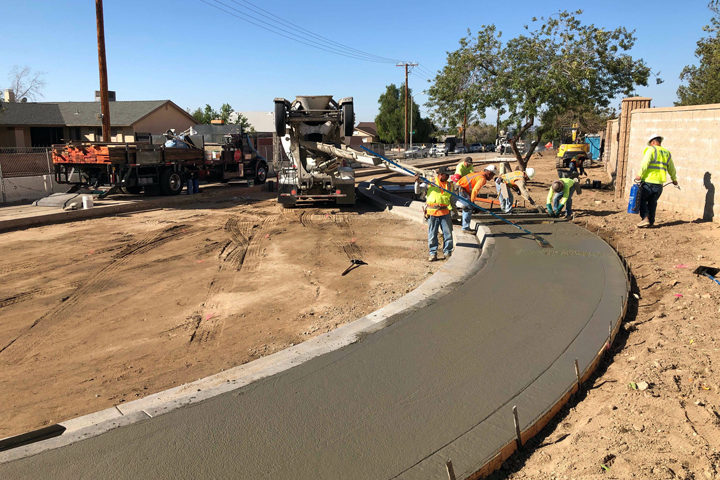
- Owner:
- San Bernardino Valley Municipal Water District
- Location:
- San Manuel Casino / San Bernardino, CA
- Value:
- $10 million
- Completion:
- 2018
- Contractor:
- J.F. Shea Construction Inc.
- Engineers:
- Hunsaker & Associates and Tetra Tech
Butier Engineering, Inc. provided construction management and inspection services for the Foothill Feeder Pipeline Relocation Project. The project area borders the west end of the San Manuel Band of Mission Indians (SMBMI) tribal property, starting at the east end of Piedmont Drive and proceeding south along the western San Manuel Casino (Casino) property line. It then turns east, just north of the Casino’s south perimeter wall, before turning into Marshall Boulevard where it reconnects with the original Foothill Pipeline.
When the pipeline was constructed in the 1970s, the Casino did not exist. The construction of the Casino made it difficult for the District to repair or replace portions of the pipeline without impacting the Casino and its facilities. Therefore, a 1,450 LF section of the pipeline that ran under the Casino’s front entrance was relocated to an area immediately behind the Casino. The project reduces the risk of damage to the pipeline from above-ground operations, including the construction of a new Casino hotel by PENTA Building Group; secures the safety and continues operation of the pipeline in the event of an earthquake; and makes it easier for the District to monitor and maintain the pipeline as it passes through tribal land.
Butier coordinated construction and completion milestones with SMBMI and PENTA. Since the Casino had to remain in operation during construction, and it is bordered by single-family homes to the west and south of the property, the work area was extremely narrow and restricted. Beam and plate shoring was installed due to the restricted work area, which significantly increased the project cost. Delivery of construction material and equipment was coordinated with the Casino and PENTA’s construction operations, which were ongoing throughout the majority of the project’s timeframe.
